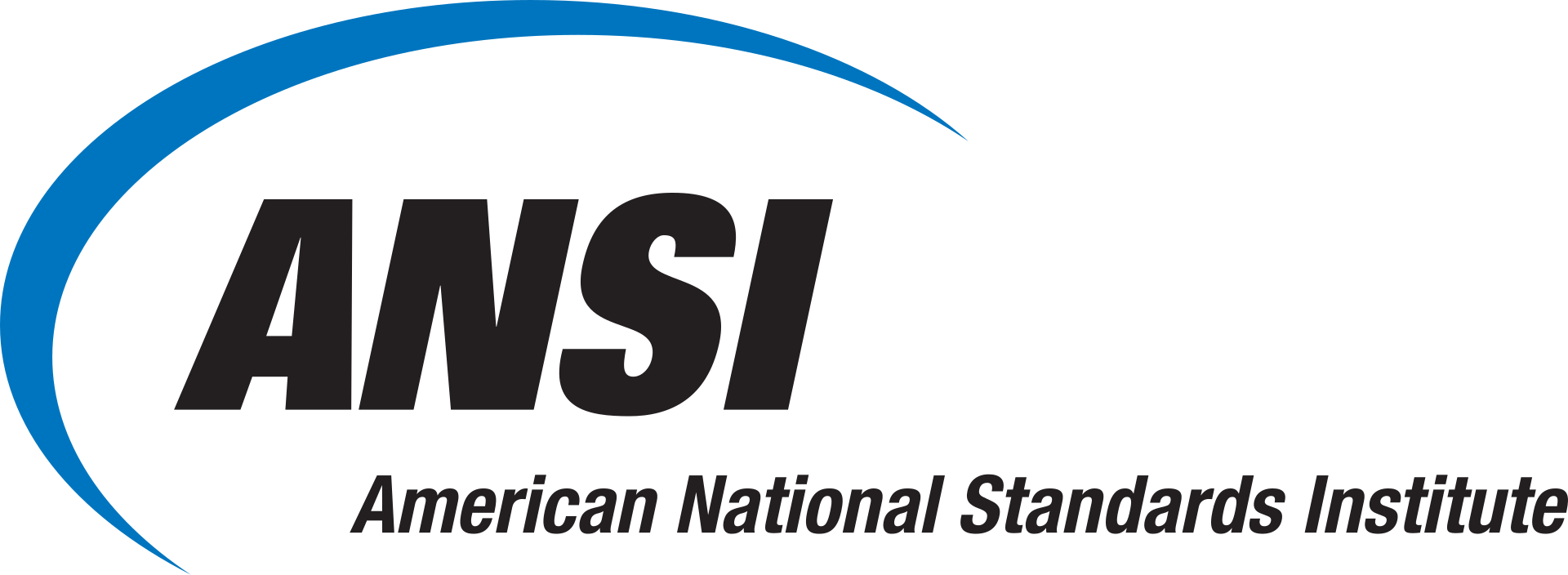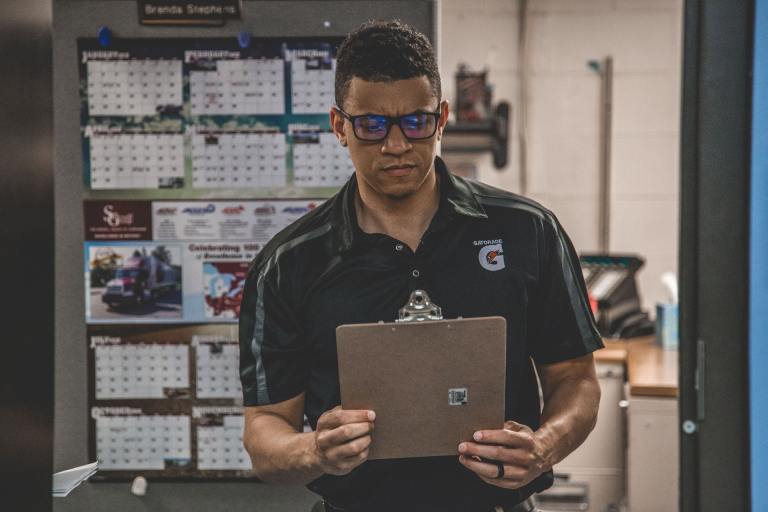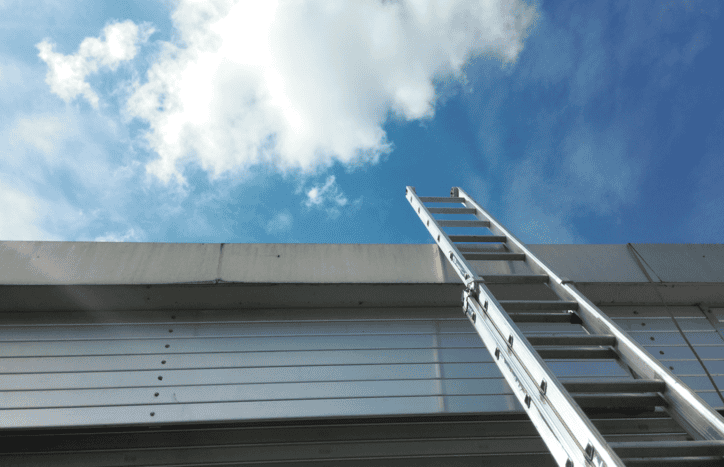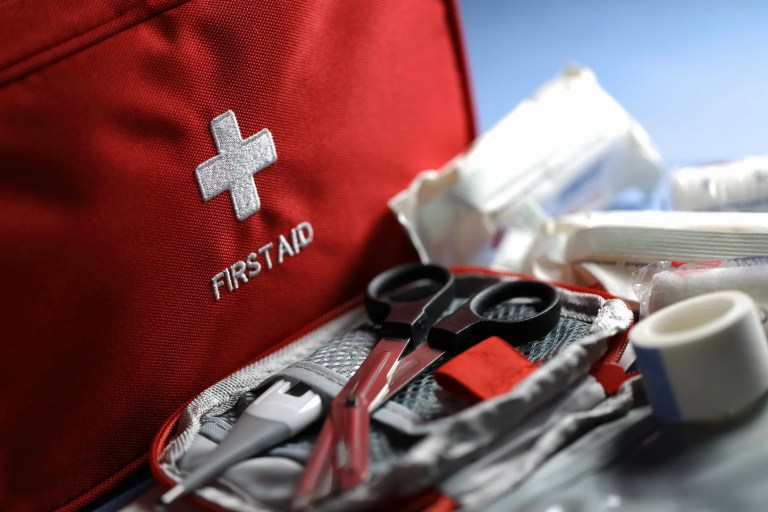ISO 21851:2020—Ocean Observation Systems
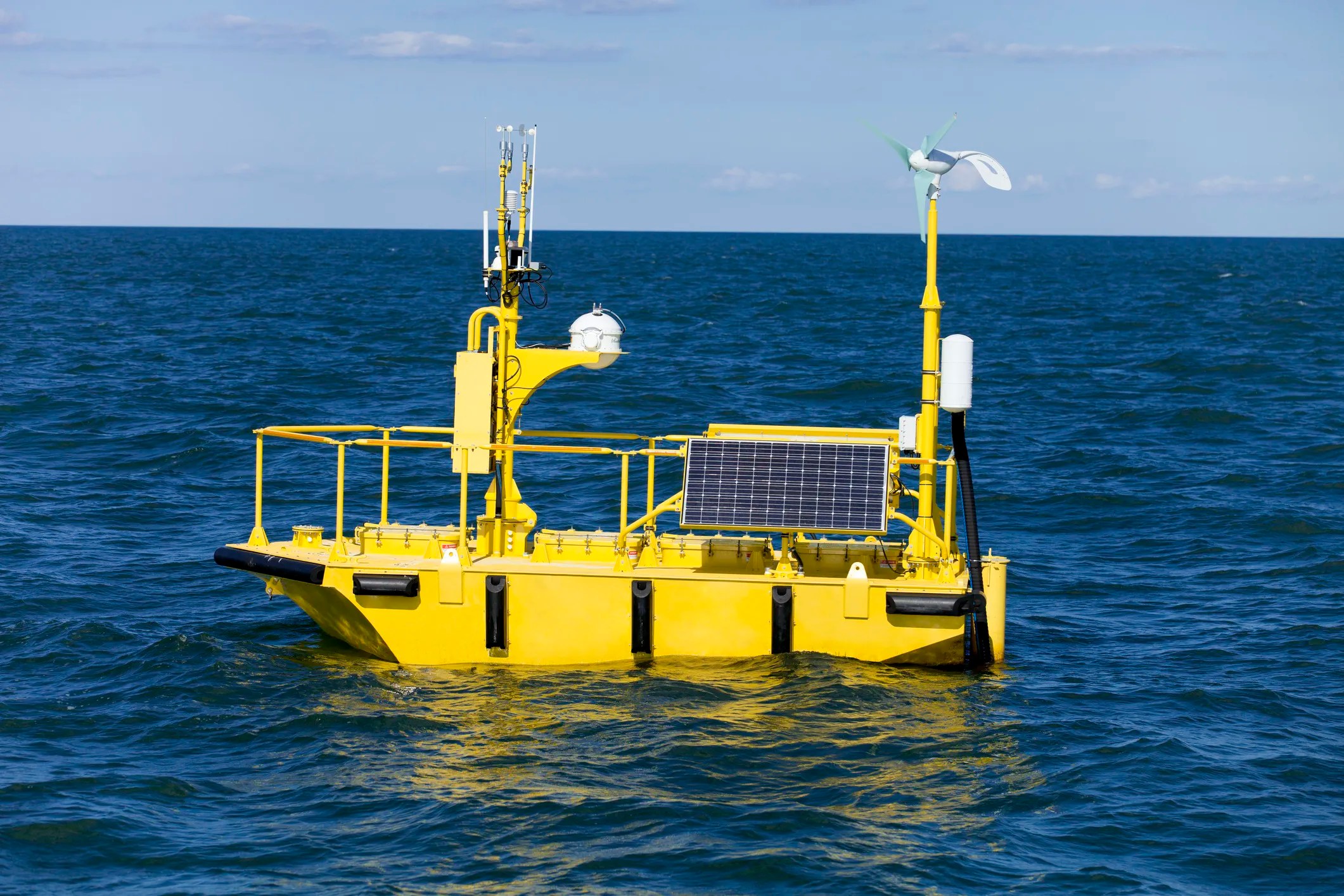
Hydrometeorological observations date back to ancient times, with records suggesting observations were made as early as 3500 BCE. Though based on speculation and limited instrumentation, these early observations laid the foundation for modern hydrometeorology. ISO 21851:2020—Marine technology – Ocean observation systems – Design criteria of ocean hydro-meteorological observation systems reuse and interaction provides a framework for ocean hydro-meteorological observation systems.
What Is Ocean Hydro-Meteorological Observation?
Hydrometeorology examines how atmospheric processes like precipitation and evaporation affect the Earth’s surface and how these processes, in turn, influence weather and climate. More specifically, ocean hydro-meteorological observation refers to the systematic monitoring and measurement of physical and atmospheric conditions over the ocean, which covers around 71% of the Earth’s surface and contains about 97% of the planet’s water.
These observations are crucial for understanding oceanic and atmospheric processes, predicting weather and climate, ensuring maritime safety, and supporting marine and coastal operations. In fact, today’s global network of ocean observation systems delivers over 100,000 observations daily, ranging from temperature, salinity, and currents. These observations are critical for understanding marine conditions as well as for improving weather and climate forecasts.
What Is ISO 21851?
ISO 21851:2020 specifies the overall framework of ocean hydro-meteorological observation systems, including the system function composition, the data structure type and data transmission format and protocol, as well as the input and output interface. It focuses on the design criteria for these systems, emphasizing reuse and interaction.
The standard specifies that these systems support automatic measurement of e.g., buoy, submersible and shore station instruments, with output interfaces, and provide observations on e.g., water temperature, salinity, depth, current, ocean wave, temperature, pressure, humidity, wind, visibility and precipitation. Ocean hydro-meteorological observation systems also have the ability to receive, store, display, process, and analyze data.
ISO 21851:2020 is intended for both developers of ocean observation systems and ocean observers.
Hydrometeorology in Prehistoric Times
In prehistory, meteorological knowledge was based off of speculative theories, meaning hypotheses without empirical validation were developed to describe meteorology, weather, and climate. For instance, prehistoric people often relied on observing the movement of the moon, light, and stars, interpreting them as signs of upcoming sunny or rainy conditions. They noticed seasonal rainfall, storms, or drought patterns like the regularity of rainy or dry seasons, which help guide early agricultural societies in planting and harvesting.
While prehistoric societies did not “study” hydrometeorology in a modern scientific way, their observations and adaptations to weather and water helped develop early weather lore and seasonal calendars and inspire hydraulic engineering.
ISO 21851:2020—Marine technology – Ocean observation systems – Design criteria of ocean hydro-meteorological observation systems reuse and interaction is available on the ANSI Webstore.
